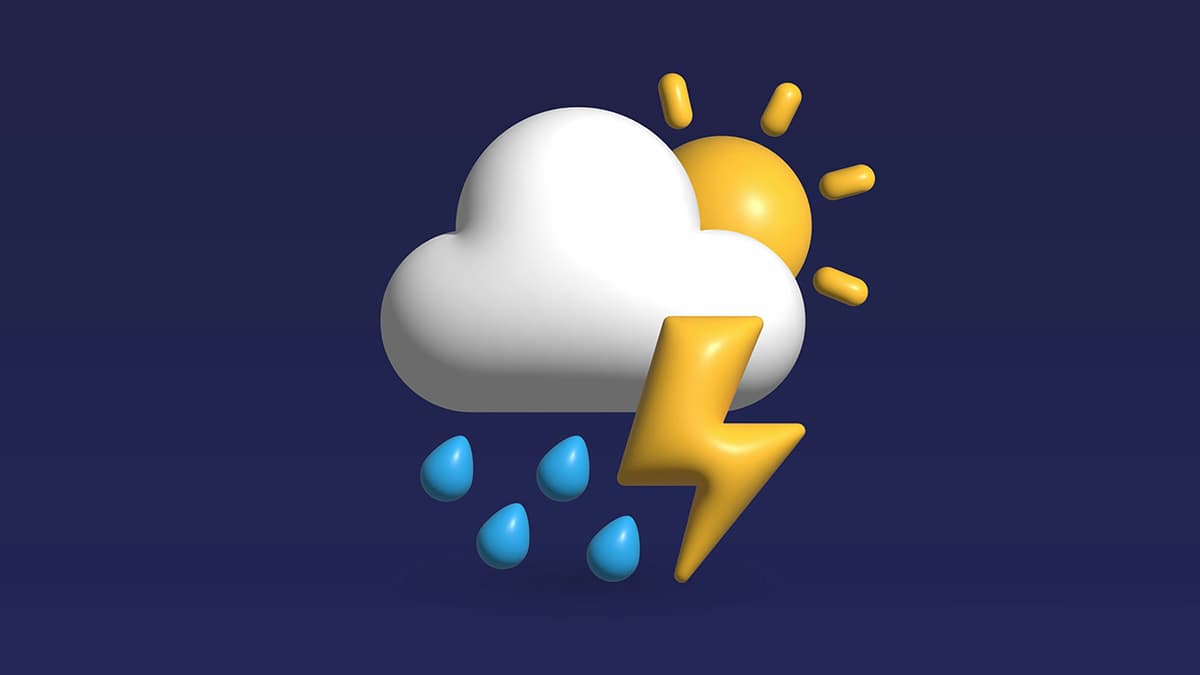What is Redis Used For?
Redis has become a cornerstone in the world of data storage and management, especially for applications that require high speed and scalability. But what exactly is Redis, and why is it so widely adopted? Imagine needing to store and retrieve information quickly, like a lightning-fast digital notepad. Redis is that notepad—a high-performance data store designed to handle data with incredible speed, making it an essential tool for many modern applications.
Why is Redis so Fast?
Redis, short for REmote DIctionary Server, is a key-value store, which means it functions like a giant electronic filing cabinet where each file is accessed using a unique key. This simple, direct method of data storage is one of the primary reasons Redis is so fast.
Let’s break down its speed:
-
In-memory storage: Unlike traditional databases that store data on disk, Redis keeps all its data in the computer’s RAM (Random Access Memory). Since RAM is much faster than disk storage, this allows for near-instantaneous data access.
-
Efficient data structures: Redis uses simple and efficient data structures, such as strings, lists, sets, and hashes. These are optimized for quick access and manipulation, which enhances performance.
-
Single-threaded architecture: Redis operates on a single-threaded event loop, which eliminates the overhead of context switching between multiple threads, further boosting its speed.
What Can Redis Do?
Redis’s combination of speed, simplicity, and versatility makes it a go-to choice for a wide range of applications. Here’s a closer look at how Redis is used across different scenarios:
1. Caching
Caching is one of the most common use cases for Redis. When a web application needs to serve data rapidly, Redis can act as a temporary cache for frequently accessed information. This reduces the load on primary databases and improves response times.
Examples:
- Amazon uses Redis for caching product information, which helps in delivering a seamless and fast user experience.
- Twitter leverages Redis to cache user timelines and trending topics, ensuring that users get the latest updates instantly.
2. Session Management
Websites often need to track user sessions, such as when you log in and navigate through different pages. Redis can efficiently store this session data, allowing for a smooth and consistent user experience without the need for repeated authentication.
Examples:
- Pinterest relies on Redis to manage user sessions, enabling a smooth browsing experience across the platform.
- Reddit uses Redis to handle session data for millions of users, ensuring reliability and speed even under heavy load.
3. Message Broker
Redis can function as a message broker, facilitating the exchange of messages between different applications or components. Its Pub/Sub (Publish/Subscribe) mechanism allows messages to be sent and received in real-time, making it ideal for applications that require immediate communication.
Examples:
- Uber uses Redis to manage real-time messaging between its ride-hailing app, drivers, and backend systems, ensuring smooth coordination.
- Instagram leverages Redis to handle real-time notifications and updates, keeping users engaged with the platform.
4. Real-time Data Analytics
Redis is also used in real-time data analytics, where quick processing and storage of large volumes of data are crucial. It allows companies to analyze user behavior, monitor system performance, and make data-driven decisions in real-time.
Examples:
- Netflix uses Redis to monitor user activity, recommend content, and analyze trends in real-time, providing personalized viewing experiences.
- Airbnb employs Redis for real-time analytics to optimize its booking system and enhance the guest experience.
5. Pub/Sub (Publish/Subscribe)
The Pub/Sub feature in Redis is used for implementing real-time messaging systems where applications subscribe to specific channels and receive updates as soon as new information is published.
Examples:
- Slack uses Redis for its real-time chat system, ensuring that messages are delivered instantaneously across different devices.
- GitHub uses Redis for notifications, alerting developers about code changes, issues, and pull requests in real-time.
6. Leaderboards and Counting
Redis is frequently used for creating leaderboards or managing counters, thanks to its ability to quickly update scores or counts in real-time.
Examples:
- Zynga uses Redis to power leaderboards for its popular games, ensuring that player rankings are updated instantly.
- Twitch leverages Redis to count and display live viewer numbers and other real-time statistics during broadcasts.
7. Geospatial Indexing
Redis also supports geospatial data, allowing you to store locations and perform queries based on proximity. This is particularly useful for applications that require location-based services.
Examples:
- Uber uses Redis’s geospatial capabilities to match riders with the nearest drivers, optimizing the ride-hailing process.
- Foursquare employs Redis to manage and query its location data, helping users discover nearby places of interest.
8. Multi-model and Enhanced Features
In recent years, Redis has evolved to include multi-model capabilities and enhanced features such as Redis Streams, which allow for complex event processing and message queuing in a more sophisticated manner than traditional Pub/Sub mechanisms. The addition of features such as RedisJSON for handling JSON documents and RedisGraph for graph data modeling further extend its application scope.
Examples:
- Snapchat utilizes Redis Streams for real-time messaging processing, making user interactions more agile.
- Bloomberg employs RedisJSON to manage complex financial data structures efficiently.
Redis is more than just a fast data store; it’s a versatile tool that powers some of the most demanding applications in the world. Its ability to handle everything from simple caching to complex real-time analytics makes it an invaluable resource for developers looking to build high-performance, scalable systems.












